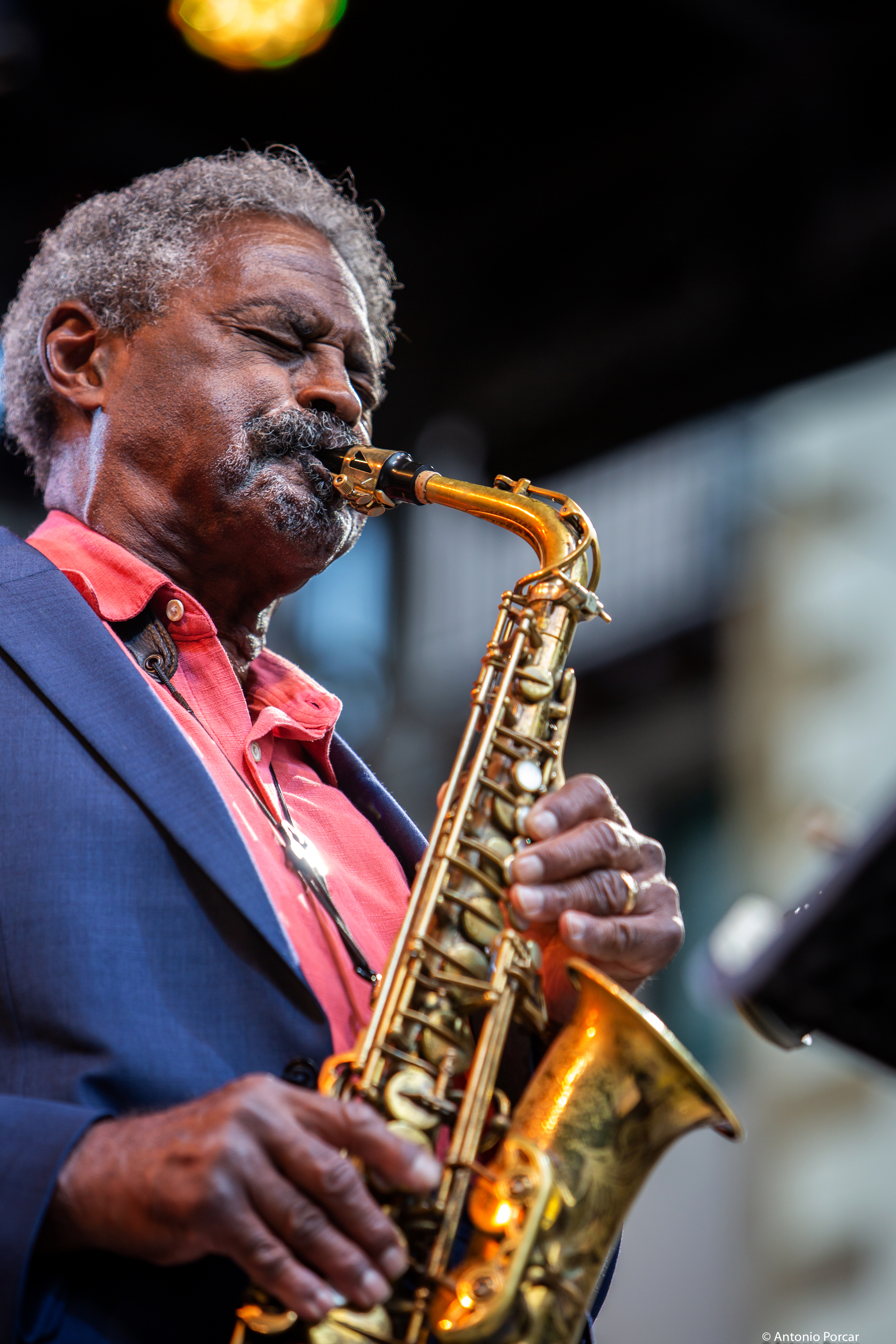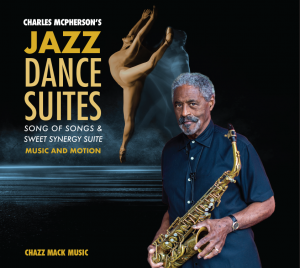Gospel Truth – Charles McPherson
This joyous, gospel-styled swinger guarantees a good time! Our lead sheets show the solo form used on the recording, including a set of rhythm section hits for the drum solo.
- Recording: Charles McPherson - Jazz Dance Suites
- Recorded on: December 10, 2019
- Label: Chazz Mack Music ()
- Concert Key: E-flat
- Vocal Range: , to
- Style: Swing (medium)
- Alto Sax - Charles McPherson
- Piano - Jeb Patton
- Bass - David Wong
- Drums - Billy Drummond
0:00
0:00
Buy MP3
Purchase Gospel Truth - Charles McPherson
Purchasing this song through our affiliate links with certain retailers provides jazzleadsheets.com with additional support to help keep us bringing you the best lead sheets available. Thank you!
- Description
- Historical Notes
- Solos
- Piano Corner
- Bass Corner
- Drum Corner
- Guitar Corner
- Inside & Beyond
- Minus You
If you’re looking for a good time, check out The Gospel Truth! With its bouncy rhythm section figures, this medium swinger is guaranteed to bring joy in a gospel style. This song works very well as a set closer, as it appears in the Song Of Songs suite in Charles McPherson's new CD "Jazz Dance Suites", or The Gospel Truth can be a great set opener on your gig, or it can be used to lift the spirits anywhere in your set. The form is 32-measure ABCD, with all sections different though B begins similarly to A. The melody starts by concentrating on the tonic, going into a wider range in the B and C sections. The changes begin with a common gospel chord progression: I-III7-IV (E♭-G7-A♭); this reappears twice in the C section. The changes in the rest of the A and B sections are more bebop-ish but with a similar stepwise motion. The D section goes to a C minor tonality with pedal-like rhythm section figures.
Our audio excerpt starts right on the melody. On the recording, Charles has the drummer set up the feel with eight measures.
The rhythm section has hits throughout the head. The drums play a shuffle-like gospel groove around the hits until the break in the fifth measure of B, and again at C. In the D section, the piano and bass hold out each chord on the “and” of beat 2, answering the melody, while the drums fill in around these chords.
Our lead sheet shows the solo form used in the recording. After the head, the A section changes are repeated three times with alto sax and piano trading. This is followed by 16 measures of drum solo around piano and bass hits on the changes of the A and B sections. The piano then solos on the C and D sections with a 4-feel, which continues for the alto solo on A and B section changes. This leads to the out melody, which is similar to C and D of the in head but with a slightly different C section melody. A break at the end of the out D section has a final melody phrase which ends in a classic IV-I “amen” cadence.
Other approaches to the solo form are possible. If you’re playing this with your own band you can solo on the head form, either with a gospel groove or a 4-feel. A simplified version of the head changes (without the rhythm section hits) can be made from the alto solo changes (equivalent to A and B) followed by the piano solo changes (C and D).
Our audio excerpt starts right on the melody. On the recording, Charles has the drummer set up the feel with eight measures.
The rhythm section has hits throughout the head. The drums play a shuffle-like gospel groove around the hits until the break in the fifth measure of B, and again at C. In the D section, the piano and bass hold out each chord on the “and” of beat 2, answering the melody, while the drums fill in around these chords.
Our lead sheet shows the solo form used in the recording. After the head, the A section changes are repeated three times with alto sax and piano trading. This is followed by 16 measures of drum solo around piano and bass hits on the changes of the A and B sections. The piano then solos on the C and D sections with a 4-feel, which continues for the alto solo on A and B section changes. This leads to the out melody, which is similar to C and D of the in head but with a slightly different C section melody. A break at the end of the out D section has a final melody phrase which ends in a classic IV-I “amen” cadence.
Other approaches to the solo form are possible. If you’re playing this with your own band you can solo on the head form, either with a gospel groove or a 4-feel. A simplified version of the head changes (without the rhythm section hits) can be made from the alto solo changes (equivalent to A and B) followed by the piano solo changes (C and D).
The Gospel Truth is the eighth and final movement of the suite Song Of Songs on Charles' new CD, "Jazz Dance Suites". As Charles says, "Jazz Dance Suites is inspired by and dedicated to my daughter Camille, a soloist with the San Diego Ballet." Charles' dream of seeing this body of work (Song Of Songs) brought to life through dance was realized in collaboration with the creative genius of SDB's Artistic Director Javier Velasco and his extremely talented group of dancers. Be sure to check out the video on this page. After the ballet performance, Charles returned to the Van Gelder Recording Studio, where his first album as a leader was recorded in 1964, to document the music.
Here is the Father-Daughter NEWS FLASH that aired on San Diego's TV station KUSI the day of the premier ballet performance.
More songs from this CD will soon be available on jazzleadsheets.com.
Here is the Father-Daughter NEWS FLASH that aired on San Diego's TV station KUSI the day of the premier ballet performance.
More songs from this CD will soon be available on jazzleadsheets.com.
Related Songs
Email Send Gospel Truth to a friend
Send this page to a friend via email. Add your name or email in the first field. In the second, add one or more email addresses, separated by a comma.

Charles McPherson
born on July 24, 1939
Charles McPherson's new CD, "Jazz Dance Suites" is available. A product of his love and admiration for his daughter Camille, Charles wrote two suites of new music for the CD. Read more...
There was a problem.
...



